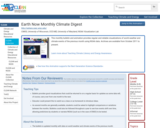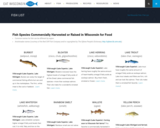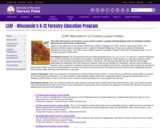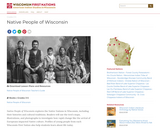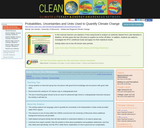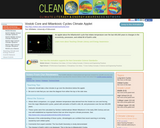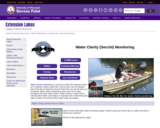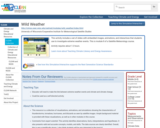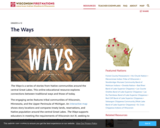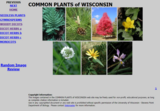
Common Plants of Wisconsin - developed by UW Stevens Point Department of Biology.
Pictures and descriptions of each common plant found in Wisconsin. Organization topics include: Seedless Plants, Gymnosperms, Woody Dicots, Dicot Herbs, and Monocots.
Copyright information:
The images contained in the COMMON PLANTS of WISCONSIN web site may be freely used for non-profit, educational purposes, as long as complete citation information is included.
Use in any copyrighted document or any web site is prohibited without specific permission of the University of Wisconsin - Stevens Point Department of Biology. Please contact Webmaster for more information.
- Subject:
- Agriculture, Food and Natural Resources
- Biology
- Botany
- Business and Information Technology
- Career and Technical Education
- Early Learning
- Ecology
- Education
- Elementary Education
- Environmental Literacy and Sustainability
- Environmental Science
- Family and Consumer Sciences
- Forestry and Agriculture
- Higher Education
- Life Science
- Marketing, Management and Entrepreneurship
- Material Type:
- Data Set
- Diagram/Illustration
- Author:
- University of Wisconsin - Stevens Point Department of Biology
- Date Added:
- 03/25/2024

